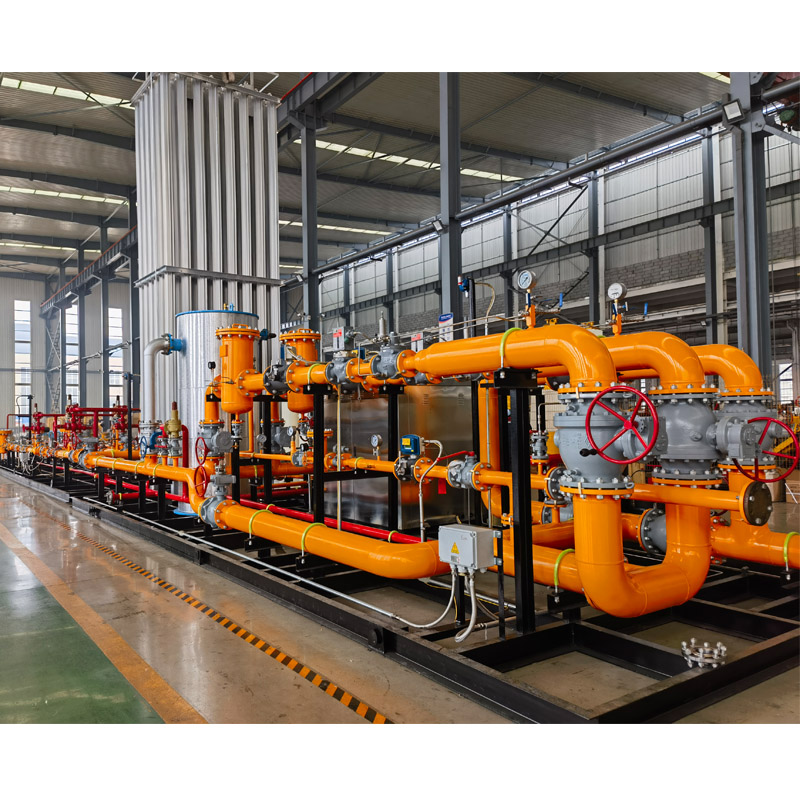
Nov . 11, 2024 02:22
Back to list
Exploring the Benefits of Coalescing Filters in Various Applications
Understanding Coalescing Filters A Comprehensive Guide
Coalescing filters are essential components in various industrial applications, particularly in the field of fluid dynamics. Their primary function is to remove water and solid contaminants from hydrocarbon fuels and oils, ensuring that these fluids meet quality standards before being used in engines, turbines, and other critical machinery. This article delves into the concept of coalescing filters, their working principles, applications, and benefits.
What is a Coalescing Filter?
A coalescing filter is a type of filtration system that employs coalescence principles to separate water and particulates from liquid hydrocarbons. The term coalescing refers to the process of combining smaller droplets of liquid into larger ones, making it easier to separate them from the surrounding liquid. In the context of coalescing filters, this typically involves the filtering of emulsified water and solid particulates from fuels and oils.
How Do Coalescing Filters Work?
The functionality of coalescing filters can be broken down into a few key steps
1. Initial Filtration Fluid enters the filter and first passes through a pre-filter media designed to capture larger particles and contaminants.
2. Coalescence Process As the fluid flows through the coalescing media, smaller water droplets begin to merge with larger droplets. This process relies on the hydrophobic properties of the filter media that favor water droplets combining while allowing the oil or fuel to pass through.
3. Separation Once the water droplets have coalesced into a larger mass, they become heavier and settle at the bottom of the filter or are directed towards a water outlet. This separation allows cleaner, uncontaminated fuel or oil to exit the filter.
4. Discharge The separated water and sludge can then be discharged from the filter process, ensuring only purified fuels or oils are distributed to downstream processes.
Applications of Coalescing Filters
coalescing filter

Coalescing filters are widely used across several industries, including
- Aerospace These filters ensure that aviation fuels are free of water and particulates, preventing engine failures and enhancing safety. - Marine Ships often use coalescing filters to keep fuel tanks free from water, which can lead to microbial growth and fuel degradation. - Power Generation Turbines and generators require clean fuel to operate efficiently. Coalescing filters ensure that any water or particulate contamination is removed. - Automotive In modern vehicles, coalescing filters are used in diesel fuel systems to protect injectors and ensure optimal engine performance.
Benefits of Coalescing Filters
The use of coalescing filters provides numerous advantages
1. Enhanced Reliability By removing contaminants, these filters significantly reduce the risk of mechanical failures in engines and machinery.
2. Fuel Quality Improvement Clean fuels improve efficiency and performance, leading to reduced emissions and better environmental compliance.
3. Cost Efficiency Reducing downtime and maintenance costs associated with equipment failures results in significant savings over time.
4. Extended Equipment Life By ensuring that only clean fluids circulate through systems, coalescing filters can extend the life of expensive machinery.
5. Lower Environmental Impact Efficient filtration decreases the risk of spills and pollutants entering the environment, aiding in corporate sustainability efforts.
Conclusion
Coalescing filters play a vital role in maintaining the quality of fuels and lubricants across various industries. Their ability to effectively separate water and particulates enhances the reliability and performance of engines and machinery, leading to significant operational benefits. As industries continue to prioritize efficiency and environmental stewardship, the importance of coalescing filters will only grow. Understanding how these filters work and their applications is crucial for anyone involved in sectors dependent on high-quality fluids. Investing in coalescing filtration technology is not just a smart operational decision but also a step towards promoting a more sustainable and efficient industrial future.
Latest news
-
Safety Valve Spring-Loaded Design Overpressure ProtectionNewsJul.25,2025
-
Precision Voltage Regulator AC5 Accuracy Grade PerformanceNewsJul.25,2025
-
Natural Gas Pressure Regulating Skid Industrial Pipeline ApplicationsNewsJul.25,2025
-
Natural Gas Filter Stainless Steel Mesh Element DesignNewsJul.25,2025
-
Gas Pressure Regulator Valve Direct-Acting Spring-Loaded DesignNewsJul.25,2025
-
Decompression Equipment Multi-Stage Heat Exchange System DesignNewsJul.25,2025

